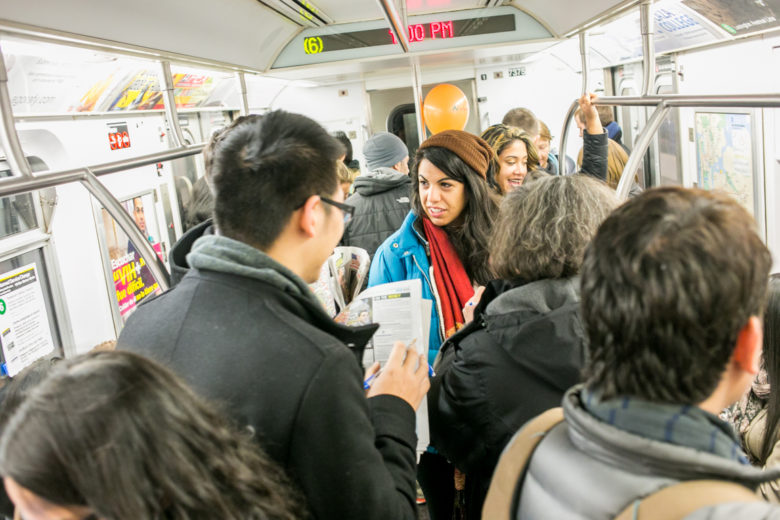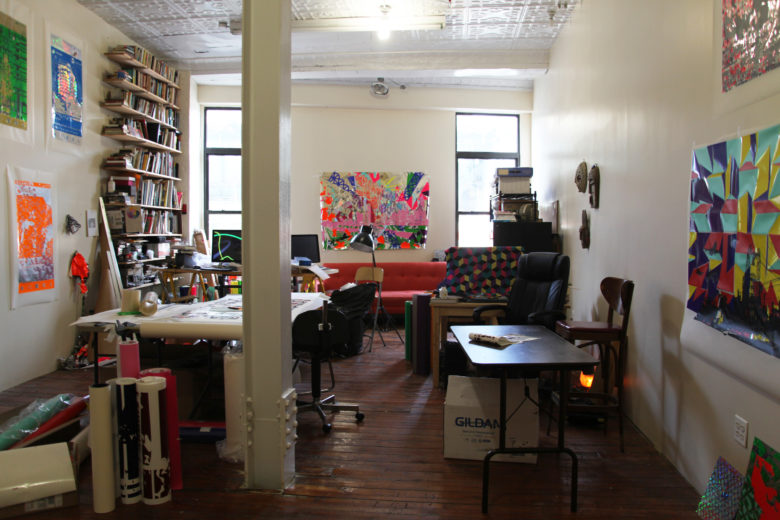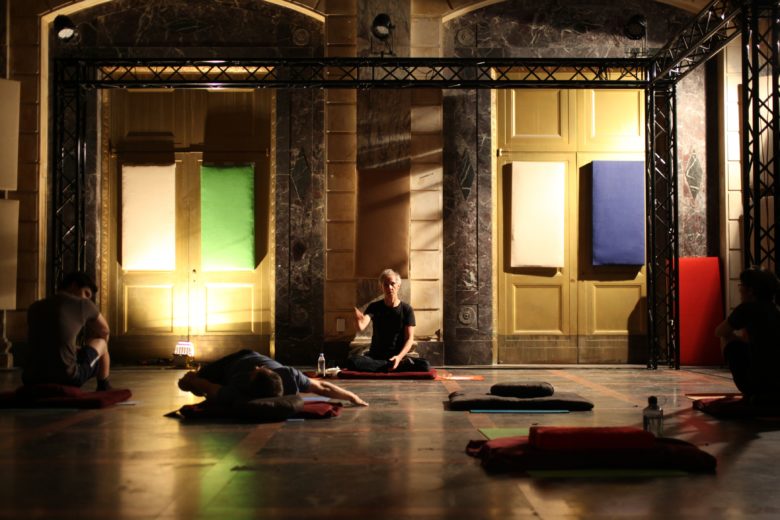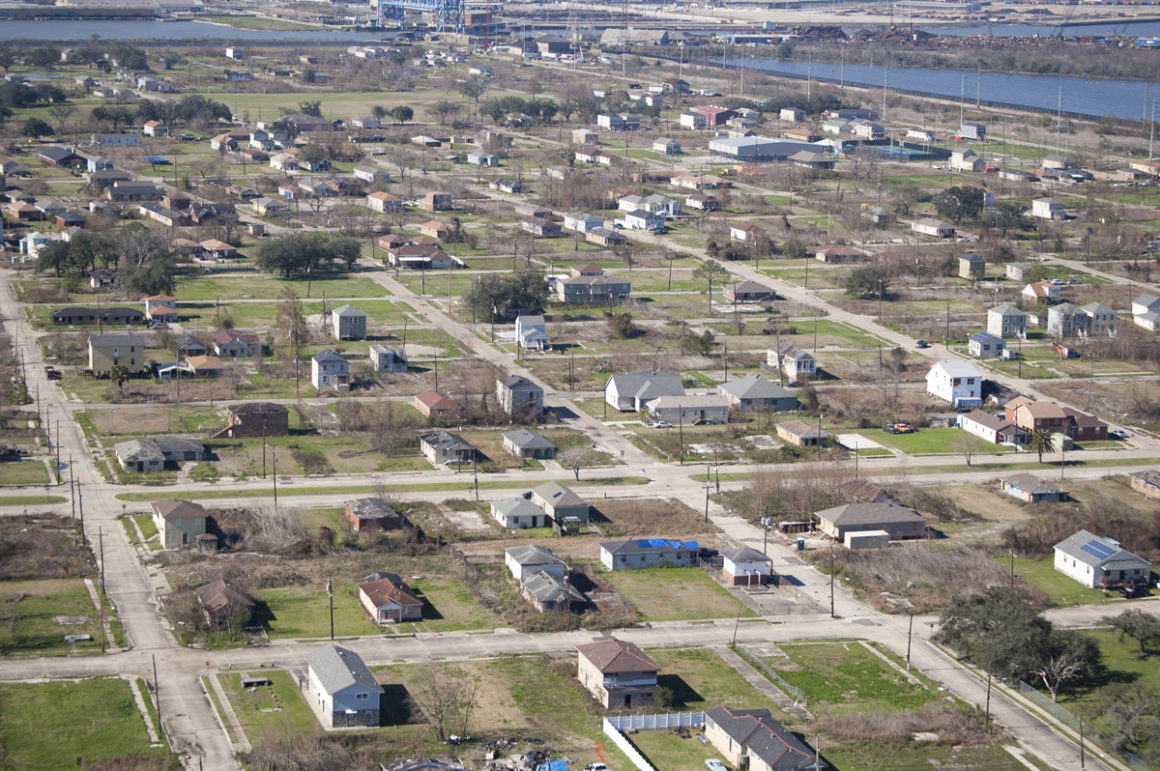
The New Orleans Redevelopment Authority (NORA) has a huge resource in its inventory of land—thousands of vacant sites scattered across the city, the majority of which were flood-damaged properties sold to the State of Louisiana through a voluntary buyout program after Katrina. For the past seven years, NORA has been charged with returning these properties to productive use. This land has been the literal ground upon which many of the redevelopment projects we have partnered on have been built—and a primary tool by which we achieve our mission to be a catalyst for the revitalization of the city.
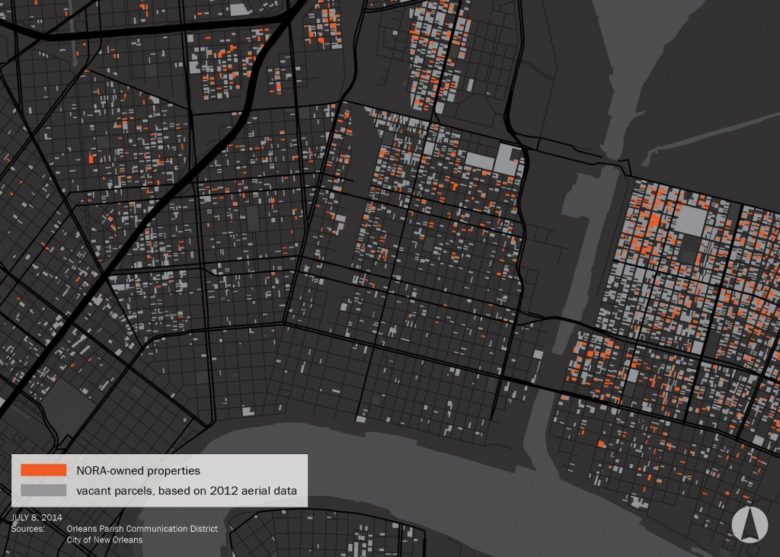
Over 3,000 properties have been sold to adjacent property owners, affordable housing developers, and homebuyers for new housing opportunities to help rebuild our neighborhoods, and we continue to maintain our remaining 2,000+ vacant lots. Most of these remaining lots are located in markets too weak to support development.
To honor our commitment to investing in all neighborhoods where we own property, and to respond to community interest in neighborhood greening projects, we are investing in innovative urban landscape projects that capture stormwater, provide fresh produce, lower maintenance costs, and beautify neighborhoods.
However, the scattered nature of NORA’s inventory presents a real challenge to scaling up our landscape-driven redevelopment projects.
Our properties are often dispersed within blocks of occupied homes and privately-owned vacant lots, each of which has their own unique pathway to action. Long-term strategies to address these properties will need to be implemented one parcel at a time.
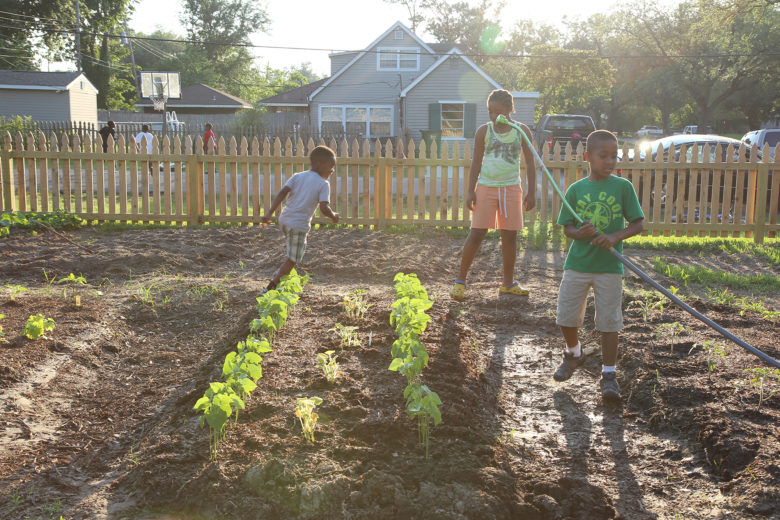
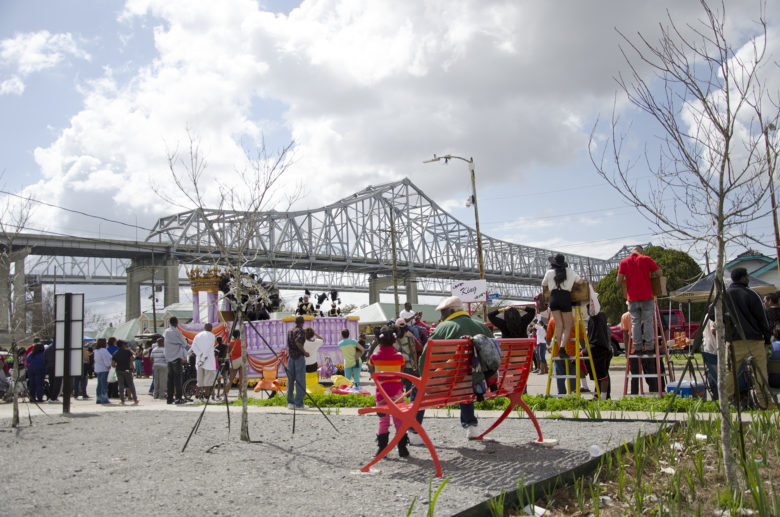
Future Ground presents an exciting opportunity for us to consider how our parcels, along with the tens of thousands of privately-owned vacant properties in the city, may collectively be the ground upon which the future city is shaped. It’s an opportunity to engage with exceptional policy and design professionals in visionary thinking while not losing sight of our urgency to act. I see this relationship between different scales—one year and 50 years, from a single NORA parcel to the constellation of vacant properties citywide—as the central challenge for Future Ground teams to tackle, and it’s why NORA has committed to implementing an initial phase of winning designs.
At NORA, we’re excited about the ambitious long-range plans that have come out of so many cities recently: Detroit Future City, Reimagining a Sustainable Cleveland, Philadelphia’s Green City, Clean Waters plan, A Stronger More Resilient New York, and our local Greater New Orleans Urban Water Plan. These are visions that are optimistic yet viable. We look forward to seeing how Future Ground teams create both a vision for how vacant spaces can help reshape our city and a real roadmap for implementation, lot-by-lot. We can’t wait to start building it.
